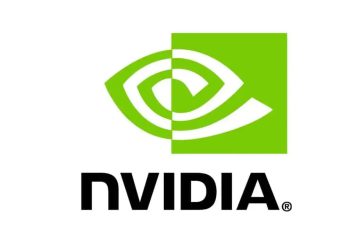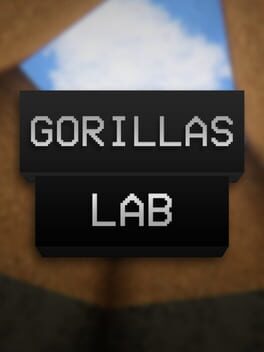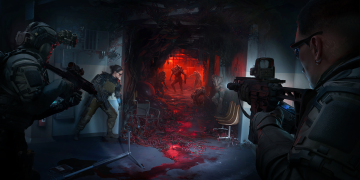Nvidia’s latest DLSS AI transformer model has officially exited beta, which could mean more games will soon offer support for this current upscaling technology. DLSS 4, featuring this transformer model, improves image quality and ray tracing denoising, but until now, the transformer model was only available in beta form for developers.
For those unfamiliar, DLSS (Deep Learning Super Sampling) works by rendering games at a lower resolution to boost performance and then upscaling the image back to the monitor’s native resolution. This upscaling is powered by neural networks running on Nvidia GPUs, which clean up any artifacts introduced during the process. Previous DLSS versions (2, 3, and 3.5) used convolutional neural networks (CNNs) for this task. However, Nvidia has now switched to a vision transformer (ViT) model for DLSS 4. It uses about twice as many control parameters and can deliver better visual results, though it demands more GPU processing.
Some games like Cyberpunk 2077 have already integrated the transformer model option. Still, it remained in beta until the recent DLSS SDK 310.3.0 update on GitHub officially marked it as out of beta. This means developers can now more confidently implement the transformer model in their games, potentially offering players a choice between faster upscaling or higher-quality visuals with the transformer model.
It’s unclear if every new or existing DLSS-enabled game will adopt the transformer model by default, but the option is now available. This could lead to current game patches to support the transformer model, improving ray tracing denoising and upscaling quality without limiting compatibility since it works on all RTX cards.
The RTX 50-series GPUs might not have won everyone, but DLSS 4’s improvements, especially with the transformer model, show Nvidia’s continuing push to improve graphics technology. It’s kinda interesting to think about how many games might soon look better and run smoother thanks to this update.























